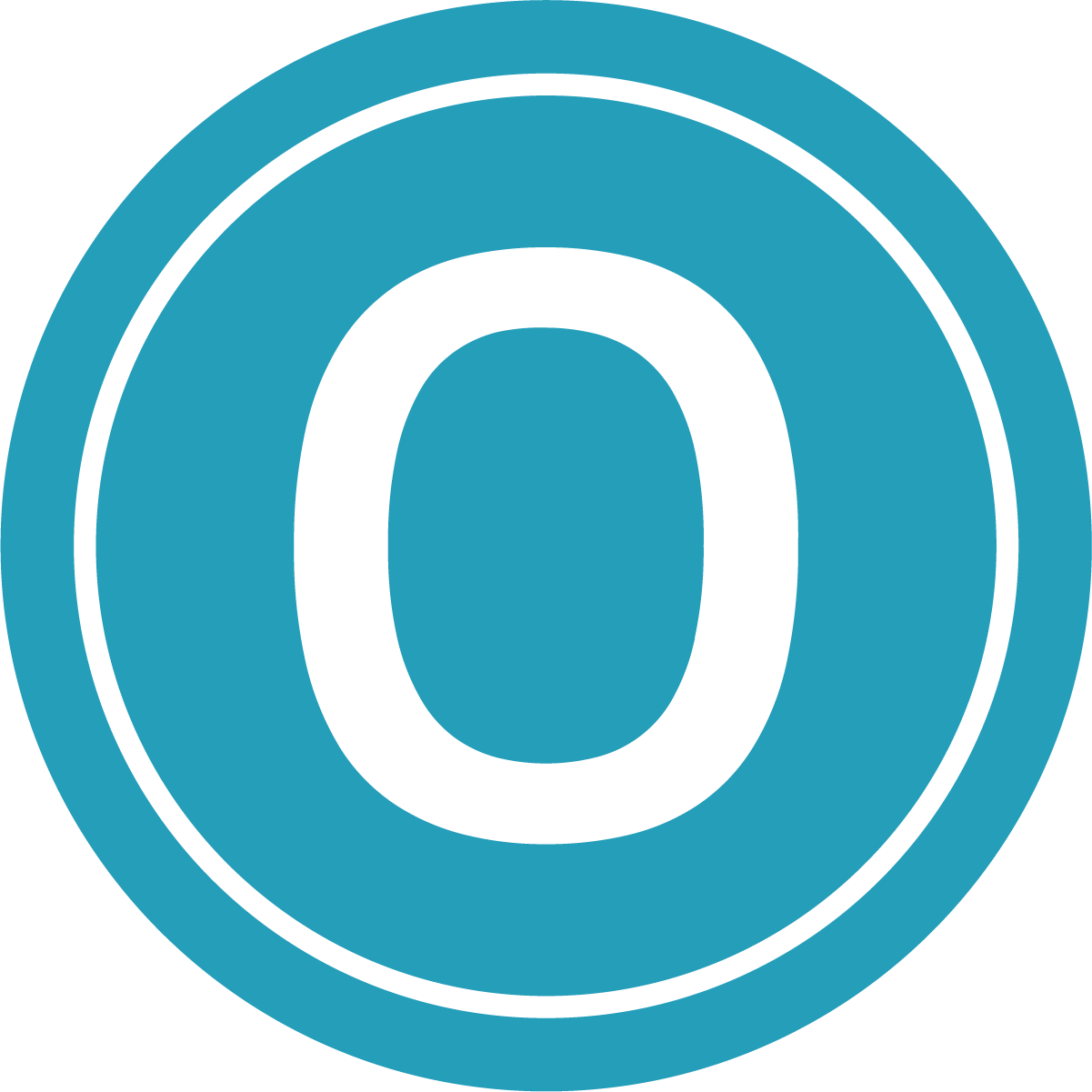Inclusion is powerful. When you see a sign written in your language, or a photo that looks like you, empowerment is the result. But as a designer, it can be difficult to see beyond your own cultural group. This can be a big problem with law firm websites where the content primarily reflects a dominant cultural group—or worse, unwittingly portrays and disrespects a nondominant group.
From race and ethnicity to language and physical ability, there’s a lot of ground to cover when it comes to inclusion. This article focuses on how cultural differences should be reflected in the design of your attorney website.
Here are four tips for designing inclusive digital content for an audience that may be from a different cultural background than your law firm’s leadership.
Colors have different meanings in different cultures
You may already know a bit about the field of color psychology which correlates values with colors. For example, color psychology says that red is related to passion and black is related to sophistication. The red and yellow at a McDonald’s elicits excitement and the black at Sephora signifies elegance.
However, the meaning of color is not universal. Some colors have very strong and unique meanings within different cultures.
In Latin America, yellow is associated with death and mourning. In Asia, yellow may be associated with sacredness and royalty. In the USA, yellow means caution or happiness.
You could choose to use green if you primarily serve clients with Middle Eastern roots, as green is associated with prosperity and paradise. But you may want to avoid green if you’re a family lawyer, as green may be associated with infidelity in Chinese culture.
The point here is not to become preoccupied with a small splash of color on your homepage.
Instead, take the time to learn about what your website’s color scheme might be communicating to different audiences. Be informed by the cultural background and color preferences of your potential clients. Not only could this give you a business advantage but it’s good inclusive design.
Inclusivity in images matters
Stock images are a great way to reflect human diversity on your website. From physical ability and ethnicity to family configurations and class status, inclusivity in images is important.
But inclusivity goes beyond posting a stock image of someone in a wheelchair—or a generic photo of multiracial professionals in an office.
If you’re not a member of the depicted group, there may be more significance in the image than you can immediately grasp.
For instance, do you know the difference between a folding manual transport chair and a self-propelled wheelchair? Can you spot the guest of honor just by looking at the seating arrangements of a Japanese family having dinner?
Inclusivity and diversity consultants in partnership with an experienced design firm can help you get this right.
Language can include or exclude, so choose carefully
Speaking to people in their own language is important—but it’s also important to set realistic expectations. If your firm doesn’t actually offer legal services in Khmer or Tamil, then it may not make sense to translate your site into these languages.
If you have the capacity to serve clients who speak a language other than English, then it’s worth investing in professionally translated content on dedicated pages of your site.
While there are pros and cons to using Google Translate, errors are far too common so we don’t generally recommend automatic translators. One faulty translation can undermine your credibility from the very first encounter.
It’s equally important to learn and use respectful terminology for different cultural groups. For example, consider using “trans,” “trans*,” “transgender,” or “TGNC” instead of “transgendered.” Another example, use “disability” instead of “handicapped” or “special needs.”
You may not always get this one right, as every individual has their own preference for how they wish to be described. But a little self-education goes a long way, and you can adapt your language once you know better.
Technological preferences vary
It’s easy to assume that the way we do things in the U.S. is the best and only way. But technological communication preferences and capacities vary widely across the globe and within different cultural groups here in this country.
If you work with people abroad (or with people in the U.S. who have strong ties abroad), then WhatsApp may be the preferred texting tool.
Design your website and outreach systems around the technologies that your clients are comfortable using. Instead of a traditional chat widget, embed a WhatsApp API link on your website.
Think about how your potential clients might be using various technologies and then see how you could integrate them into your existing business structure. Are your competitors using WhatsApp? If the answer is yes, then you need to keep up. If the answer is no, then you’re about to have a serious leg up.
Finally, ensuring your law firm’s website is compatible with assistive technologies is a requirement. For starters, you can improve accessibility by using alt text for people who use screen readers and writing content that is free from jargon or idioms.
Hire an expert for help with creating an accessible website. One in four adult Americans are living with a disability and free accessibility overlays don’t always work. This is a matter of ADA compliance in addition to inclusive design.
Review and next steps
Inclusivity means that all people are welcome—and an inclusive law practice starts with an inclusive website.
Is your website respectful, inviting, and intentional towards people from cultural groups other than your own?
Website design for attorneys is worth the investment. Get a quote for accessibility remediation today, or reach out for help building an inclusive digital footprint for your law firm from the ground up.

